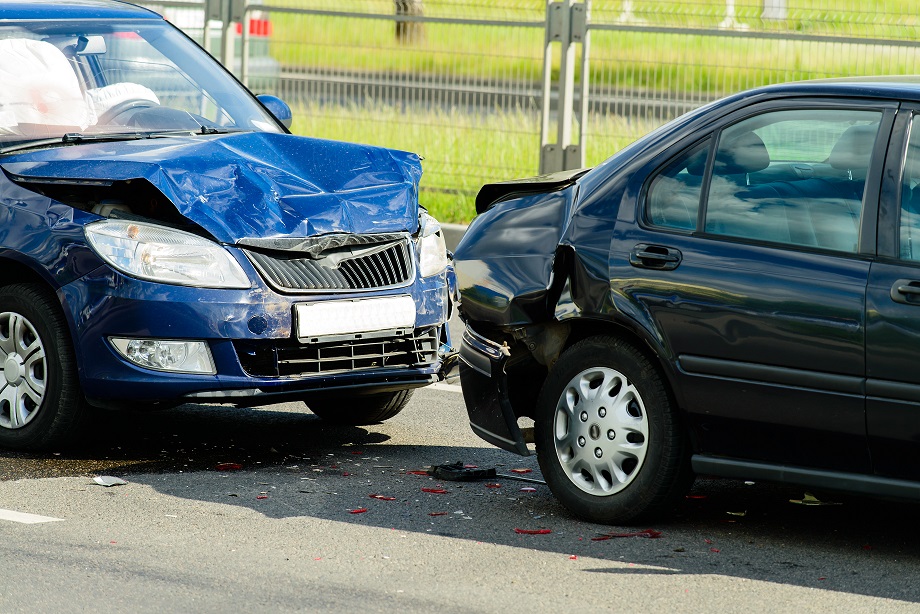Motor fraudsters in the UK have adopted a dangerous new tactic to trap unsuspecting drivers in ‘crash-for-cash’ scams according to anti-fraud experts at AX, a provider of intelligent vehicle protection and management technologies for the automotive and insurance industries.
Dubbed ‘hide and crash’, the latest method used is an evolution of previous tactics and involves a fraudster hiding in a driver’s blind-spot before quickly moving in front to ‘slam on’ the brakes.
The warning from AX, which exposed the ‘flash for crash’ scams – where a fraudster will flash their headlights to invite an innocent driver to pull out of a junction before accelerating to cause a collision – comes as it names the top-5 most common tactics currently used by fraudsters to induce accidents and make bogus insurance claims.
‘Crash for cash’ is a problem that costs the UK insurance industry £340 million annually, leading to inflated premiums for motorists and businesses.
The latest ‘hide and crash’ trend was noticed when AX detected several suspicious claims displaying near identical characteristics.
“This new tactic is a dangerous progression of the existing ‘slam on’ approach,” explained Neil Thomas, Director of Investigative Services at AX. “Criminals can take cover in a driver’s blind spot, wait for the ideal moment, then accelerate and move into their pathway before slamming on the brakes.”
 Other trends saw ‘flash for crash’ crop-up regularly as well as the long-established ‘roundabout slam on’.
Other trends saw ‘flash for crash’ crop-up regularly as well as the long-established ‘roundabout slam on’.
Thomas added, “Detecting new methods deployed by gangs is notoriously difficult and without video evidence, it is often difficult to prove who was really at fault. Intelligence-sharing amongst insurers and the authorities can help, nevertheless drivers should always be vigilant. Collectively, we can minimise the impact of these increasingly sophisticated criminals.”
Roundabouts were the most common locations seen for suspected crash-for-cash scams, while busy motorways and urban areas with frequent sets of traffic lights are also considered danger spots. Ultimately, fraudsters look for places where it is unlikely and often unsafe for potential witnesses to stop.